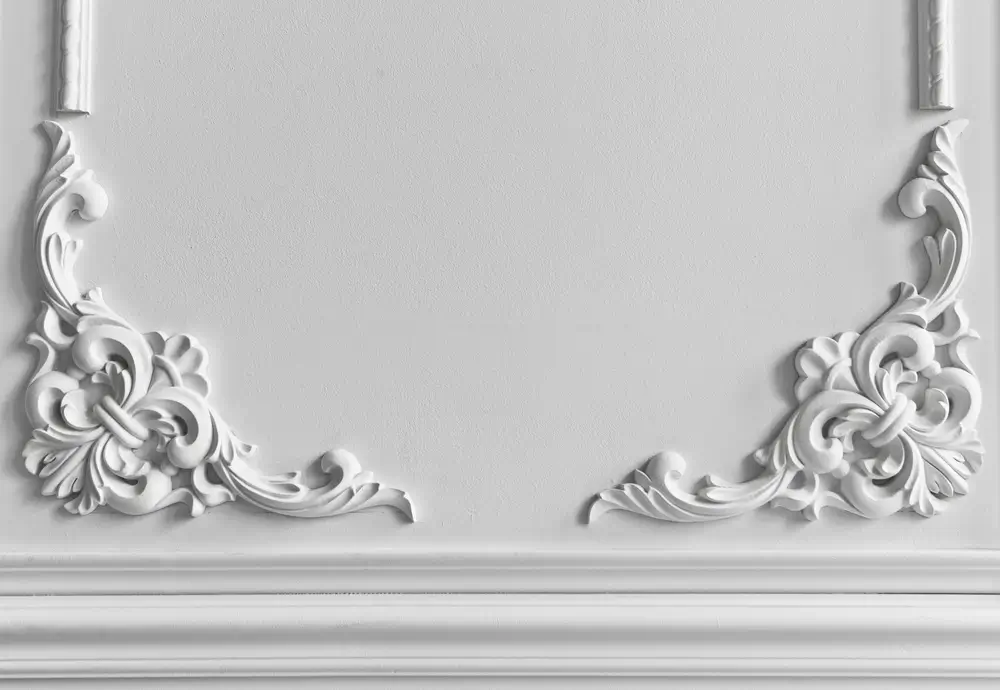
Gessolini | The Italian Craft that Combines Art and Function
- Ventscripe Staff
- July 15, 2025
- Home Improvement
- gessolini
- 0 Comments
Gessolini are small, detailed ceramic figures made by skilled artisans, mostly in Italy. The word “gessolini” comes from the Italian word “gesso,” which means “plaster” or “chalk.” People use plaster or similar material to make these tiny statues, which are then often painted in bright colours or glazed to make them look amazing. A lot of people think of Gessolini as cute little collectables, but they have a long history in Italian culture. This article will look at where Gessolini came from, what they mean in different cultures, how they are used, and why they are so popular.
What is Gessolini?
Gessolini are small statues that are usually made of plaster or chalk. They have been a part of Italian art and culture for hundreds of years, and people have used them for both religious and decorative purposes. People love these little figures because they are so well-made and often take a long time to paint by hand. Gessolini covers a wide range of topics and styles, from religious icons to everyday things. Each one tells a different story.
The Story of Gessolini
It was during the Renaissance in Italy that people started making Gessolini. At this time, artists began to experiment with plaster to create sculptures that were cheaper than those made of clay and marble. Plaster was easier to work with and more affordable, which made it available to more people. In Italian homes and churches, these little statues were often used as religious symbols.
Gessolini became popular as part of the Italian Christmas tradition in the 17th and 18th centuries. Families would put these little figures in nativity scenes, which are called “presepi.” Families used these nativity scenes, which were often very detailed and elaborate, to celebrate the birth of Jesus. They were a big part of Italian holiday decorations.
The Craft of Making Gessolini
Making Gessolini takes a lot of skill and artistic ability. The first step is to create a mould, which is usually made of clay or another material that can be shaped. When the mould is ready, a mix of plaster and water is poured into it. The mould is carefully taken off after the plaster has dried, leaving behind a fragile figure.
The next step is to paint the figure. Some artists use bright, bold colours to make their work come to life, while others may choose to keep the colours more muted, depending on the effect they want. Some gessolini are even glazed to make them look shiny and smooth. These figures are often very detailed, with hand-painted small details like facial expressions, clothing patterns, and complicated accessories.
The Gessolini Crafting Process’s Most Important Steps:
- Making moulds: The first step for artisans is to make moulds for the gessolini figures.
- Plaster Casting: You pour a mix of plaster and water into the moulds.
- Drying: The plaster is left to harden, which makes the shape you want.
- Painting: The figure is carefully painted with a lot of different techniques and details.
- Glazing (optional): Some figures get a glossy finish that makes them look better.
How to Use Gessolini?
Religious and cultural importance
One of the most common places to use Gessolini is in religious settings. People have used Gessolini in nativity scenes, or “presepi,” for hundreds of years to show the birth of Jesus. During the Christmas season, these figures, which include the Holy Family, shepherds, angels, and animals, are often set up in elaborate scenes that can take up whole rooms. It is still important in Italian culture today to make nativity scenes with Gessolini.
Gessolini has been used in folk art as well as for religious purposes. They often show everyday life, like peasants and tradespeople, and scenes from village life. These statues help keep Italy’s cultural heritage alive and give us a look into its past.
Decorative and Collectible Items
Gessolini is highly sought after as collectables, in addition to their religious and cultural uses. Many collectors look for rare and old Gessolini to add to their collections because they are well-made and one-of-a-kind. These figures often have a lot of meaning for people, especially when they are passed down from one generation to the next.
Gessolini can now be found in homes all over the world, either as decorative items or as part of larger collections. There is a growing market for these delicate figurines, from tourists to art lovers.
Present and Souvenir Item
People who visit Italy like to buy Gessolini as souvenirs. People who travel often buy these small, handmade figures as souvenirs. Gessolini is very popular in cities like Naples, Rome, and Florence, where visitors can buy them from artisan shops. Gessolini are beautiful reminders of Italian craftsmanship, whether you give them as gifts or keep them for yourself.
Gessolini’s Comeback in Modern Times
Traditional Italian crafts, like Gessolini, have become popular again in the last few years. A lot of younger artists are bringing back this old art form. They use modern methods and designs in their work, but they still keep the timeless appeal of traditional Gessolini.
People are not only interested in traditional craftsmanship again, but they are also becoming more interested in handmade and eco-friendly goods. As people become more aware of how mass-produced goods hurt the environment, more and more people are looking for one-of-a-kind, handcrafted items that support local artists and keep cultural traditions alive.
What Makes Gessolini So Popular?
One-of-a-kind craftsmanship
Each gessolino is made by a skilled craftsman, often by hand, so no two figures are the same. Collectors and art lovers want them because they are so unique.
Heritage of Culture
Gessolini are very important to Italian culture because they connect people to Italian history and customs. They are valuable as art and as symbols of Italian identity because they remind people of Italy’s rich artistic and religious history.
Made by hand and good for the environment
More and more people are buying handmade things like Gessolini because they are interested in products that are good for the environment and made in a fair way. When people buy these things, they help local artisans and keep traditional crafts alive.
Looks Nice
Gessolini adds a charming, rustic touch to any home, whether they are part of a nativity scene or displayed on their own. They look great because of their bright colours and complex patterns, and they are great for adding to home decor.
Conclusion
Gessolini are more than just pretty things. They are a testament to Italy’s art and culture, showing off hundreds of years of craftsmanship, religious tradition, and artistic expression. People all over the world still love these tiny figures, whether they are used in nativity scenes, displayed as collectables, or kept as souvenirs. When you buy these beautiful pieces of art from artisans, you not only bring a piece of Italian culture into your home, but you also help keep an important artistic tradition alive.
More to Read: Demainmail




